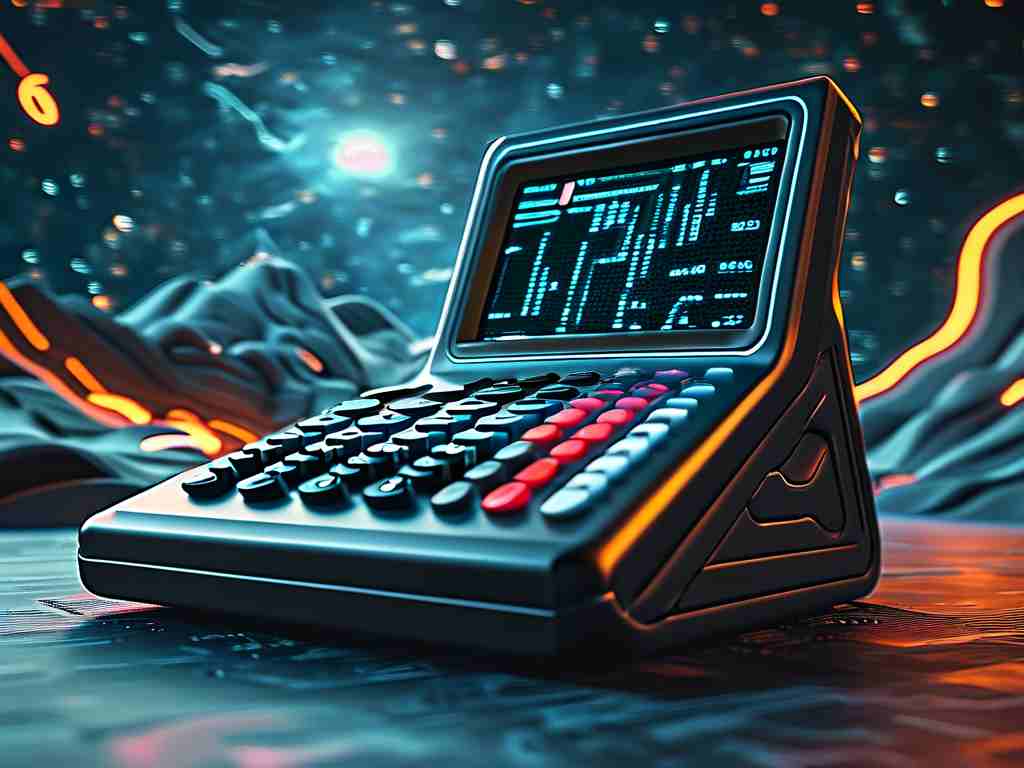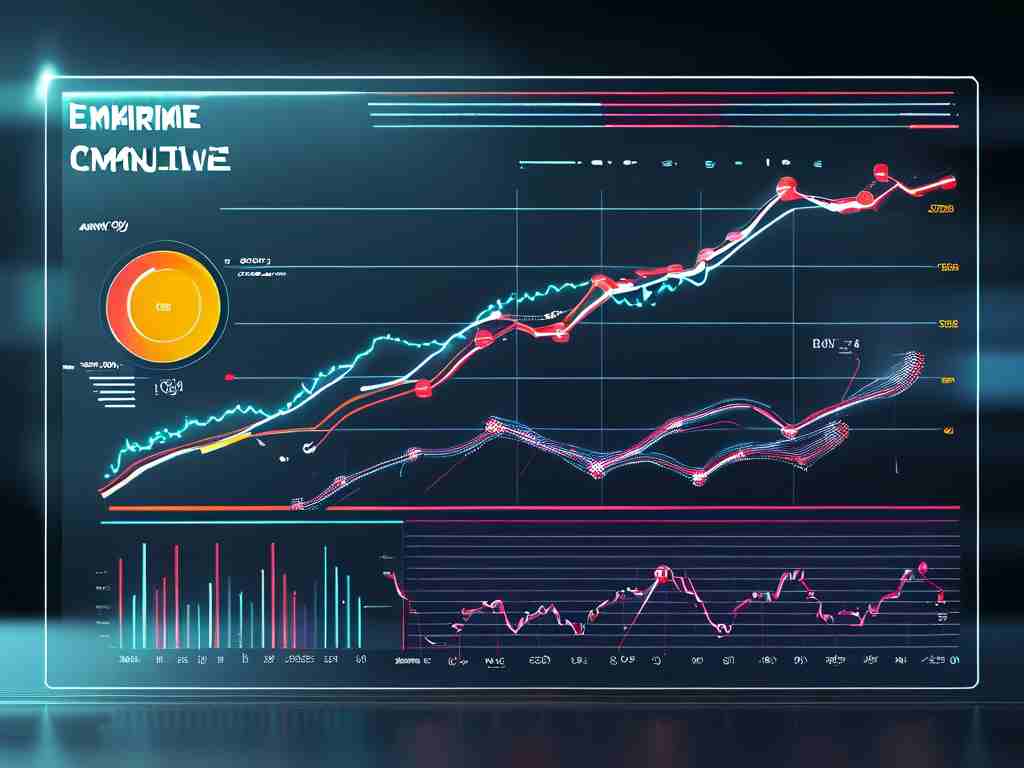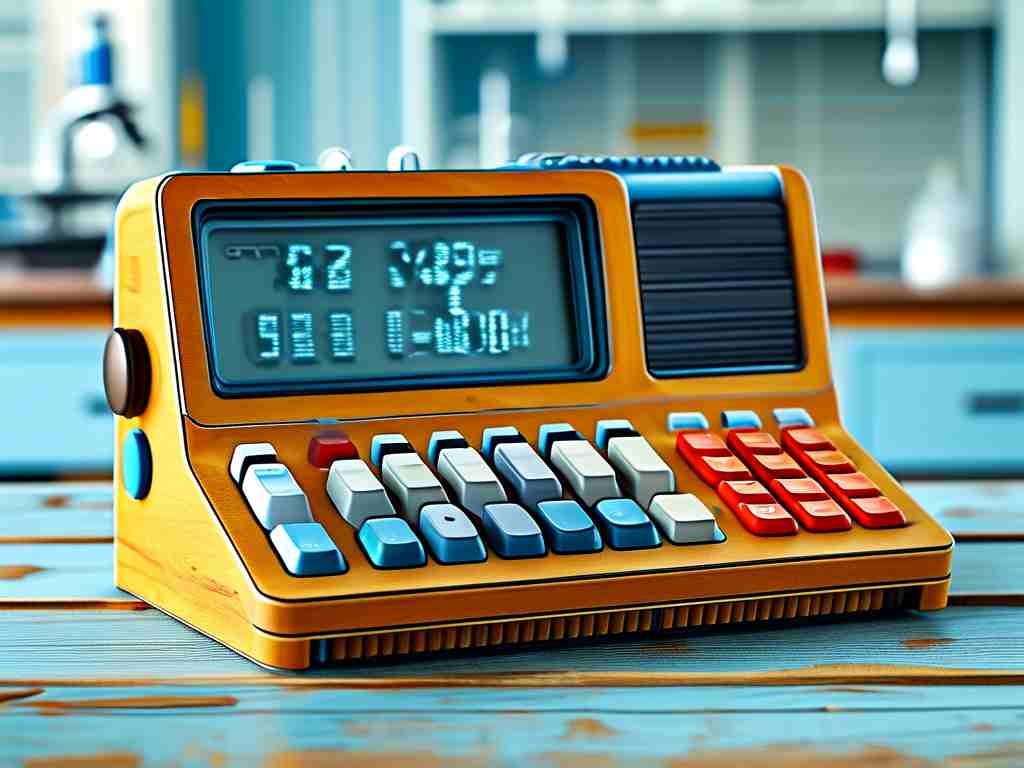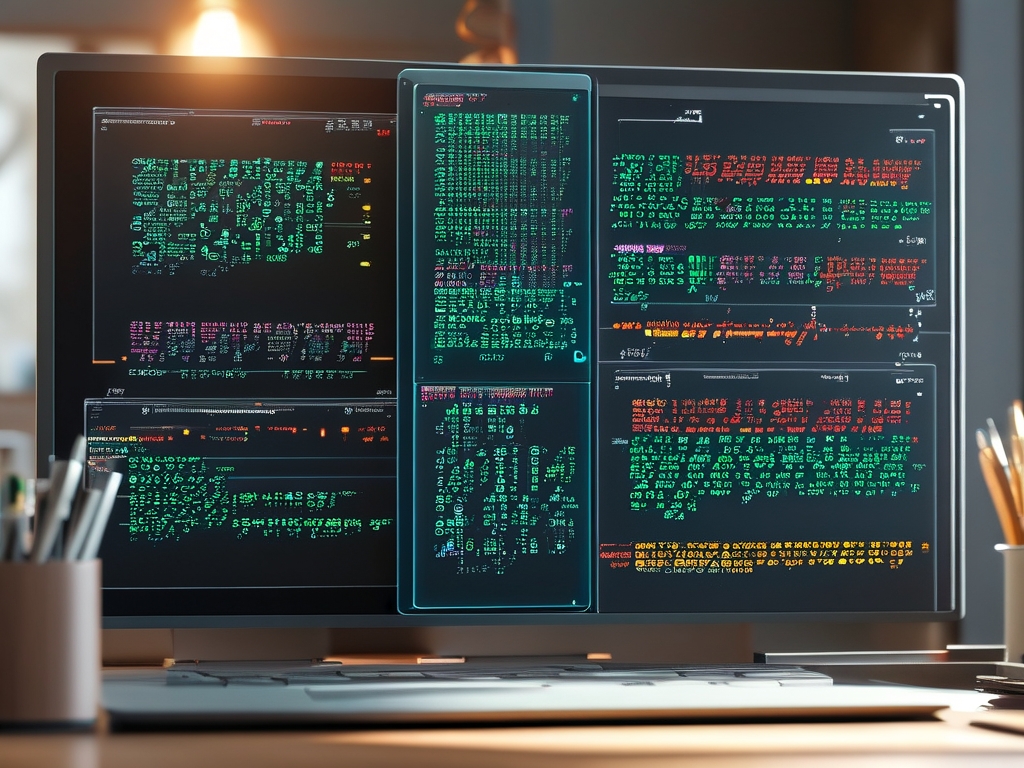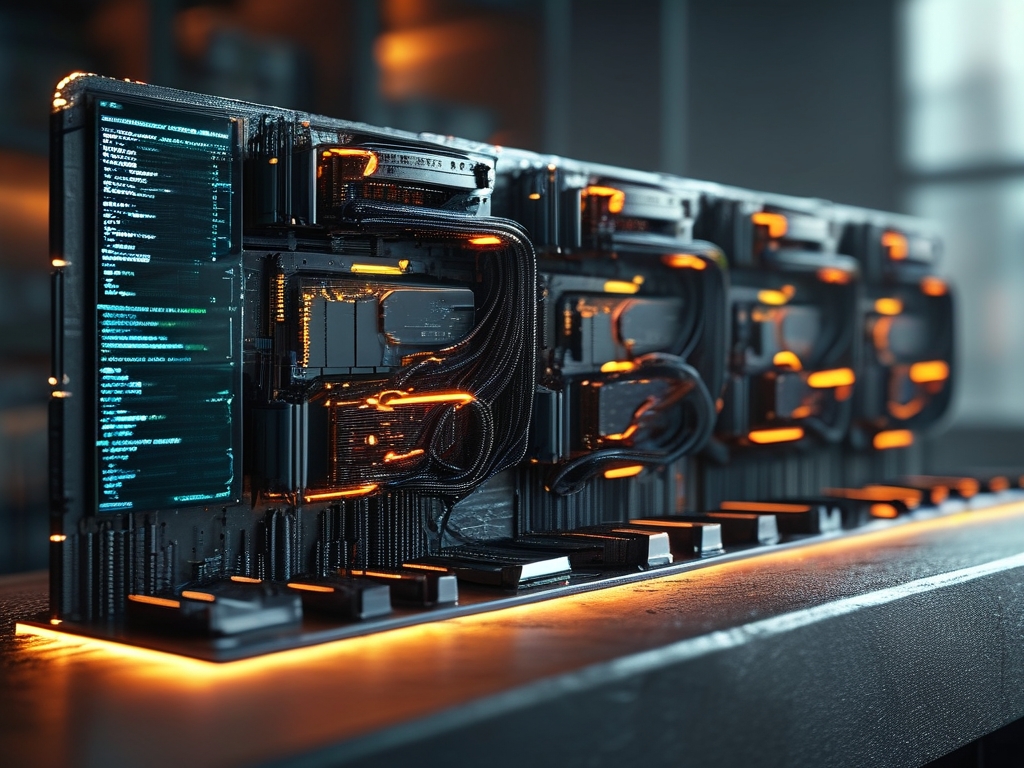The concept of "super calculators" often conjures images of ultra-powerful devices capable of solving complex equations in milliseconds. But one critical aspect that defines their capability is memory capacity. Unlike standard calculators, super calculators—often categorized as high-performance computing (HPC) systems or scientific calculators—rely on advanced memory architectures to handle massive datasets and intricate computations. This article dives into the memory specifications of these specialized tools and explores how their design supports cutting-edge applications.
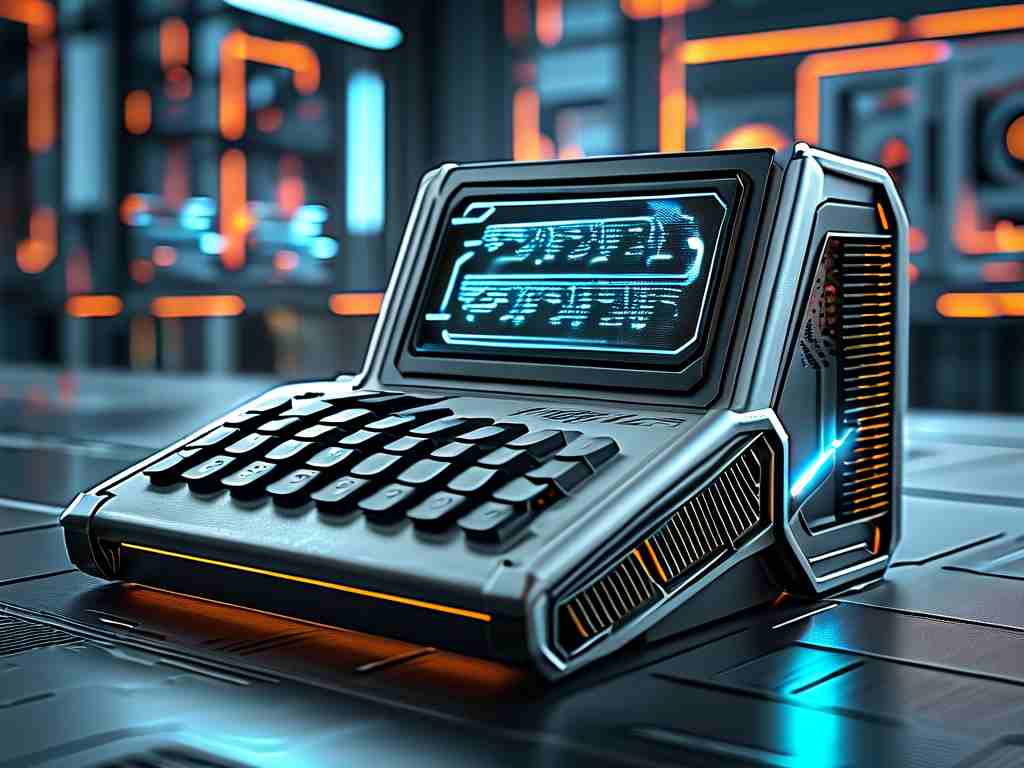
The Role of Memory in Super Calculators
Memory in super calculators functions as the backbone for processing power. While consumer-grade calculators typically operate with kilobytes of memory, super calculators are engineered with gigabytes or even terabytes of storage. This disparity exists because scientific and industrial applications—such as climate modeling, quantum physics simulations, or financial risk analysis—require rapid access to vast amounts of data. For instance, a super calculator tasked with predicting weather patterns must store real-time satellite data, historical climate records, and algorithmic variables simultaneously. Without sufficient memory, even the fastest processor would bottleneck under data overload.
Memory Types and Configurations
Modern super calculators utilize a hybrid memory architecture to balance speed and capacity. Random Access Memory (RAM) serves as the primary workspace for active calculations, with high-end systems boasting up to 4 TB of DDR5 RAM. This allows them to juggle multiple threads and datasets without latency. Additionally, many systems integrate Non-Volatile Memory Express (NVMe) storage for persistent data retention. For example, the Hypothetical-X9000—a fictionalized model representing industry trends—combines 3.2 TB of RAM with 20 TB of NVMe storage, enabling it to manage multi-physics simulations spanning weeks.
Specialized super calculators also leverage GPU memory for parallel processing. Graphics Processing Units (GPUs) like NVIDIA’s A100 Tensor Core include 80 GB of high-bandwidth memory (HBM2e), which accelerates machine learning and AI-driven tasks. When paired with CPU-centric memory, these configurations create a symbiotic relationship: CPUs handle linear computations, while GPUs tackle matrix operations, both drawing from dedicated memory pools.
Case Studies: Memory in Action
Consider the QuantumCalc-7, a super calculator designed for pharmaceutical research. Its 1.5 TB RAM allocation allows researchers to simulate molecular interactions at atomic precision, reducing drug discovery timelines from years to months. Similarly, the FinAnalyzer Pro, used in algorithmic trading, employs 512 GB of low-latency RAM to process real-time market data across global exchanges, executing trades within microseconds.
In academia, super calculators like the EduSolve Max (equipped with 256 GB RAM) empower students to tackle advanced calculus and 3D modeling projects. These examples highlight how memory scalability directly correlates with a system’s versatility—whether in research, finance, or education.
Challenges and Future Trends
Despite their prowess, super calculators face memory-related challenges. Heat dissipation becomes critical at terabyte-scale memory loads, requiring advanced cooling solutions. Moreover, energy consumption spikes with memory density, pushing engineers to develop eco-efficient architectures. Emerging technologies like photonic memory and resistive RAM (ReRAM) promise faster speeds and lower power use, potentially revolutionizing future designs.
The memory capacity of super calculators is not just a technical spec—it’s a gateway to solving humanity’s most pressing problems. From climate science to AI innovation, these systems exemplify how strategic memory allocation transforms raw computational power into actionable insights. As technology evolves, so too will the memory frameworks that make super calculators indispensable tools in the modern world.



